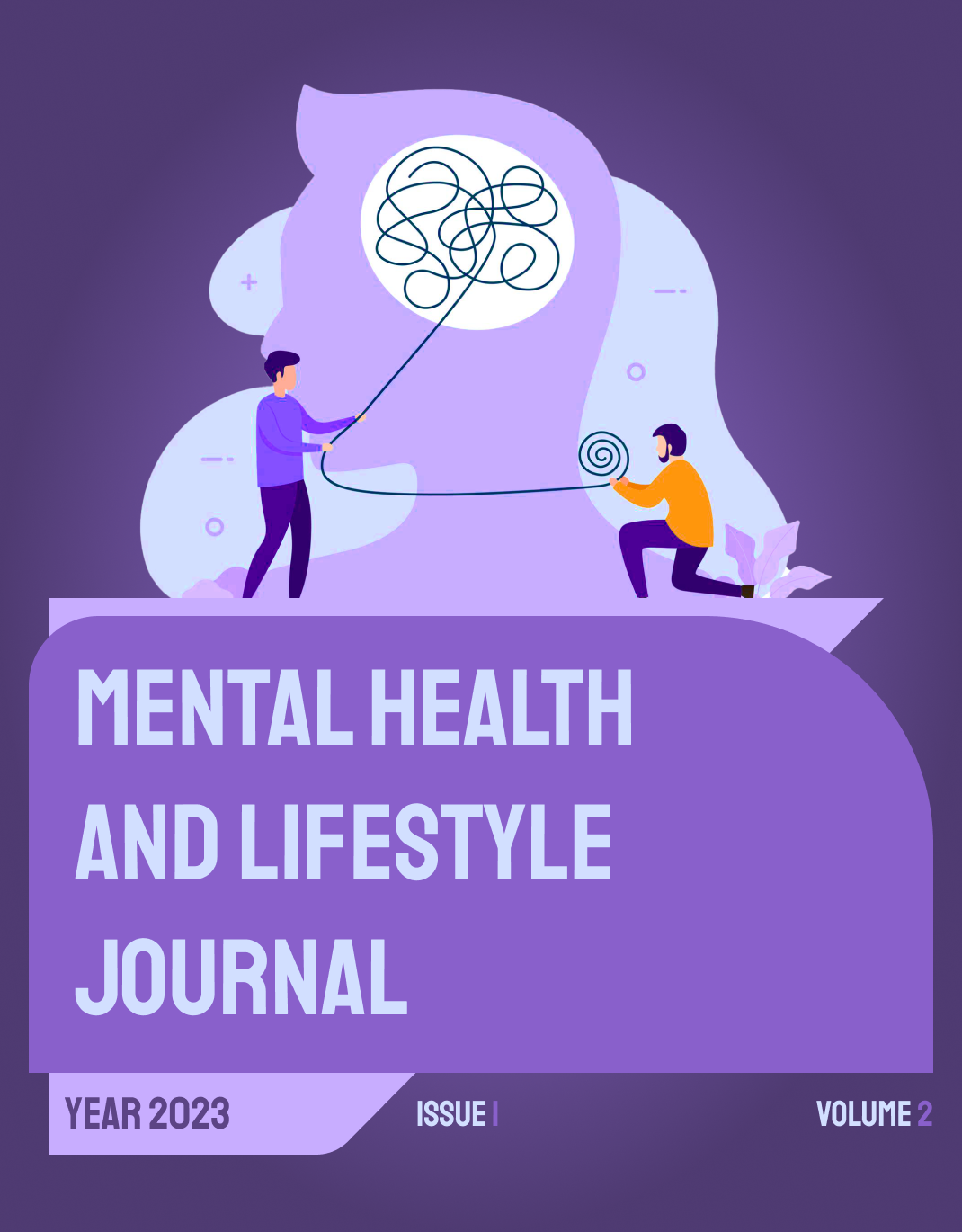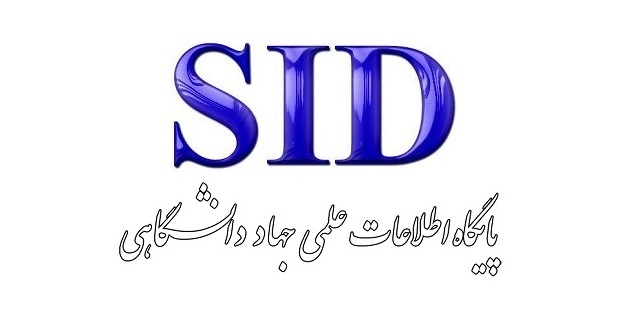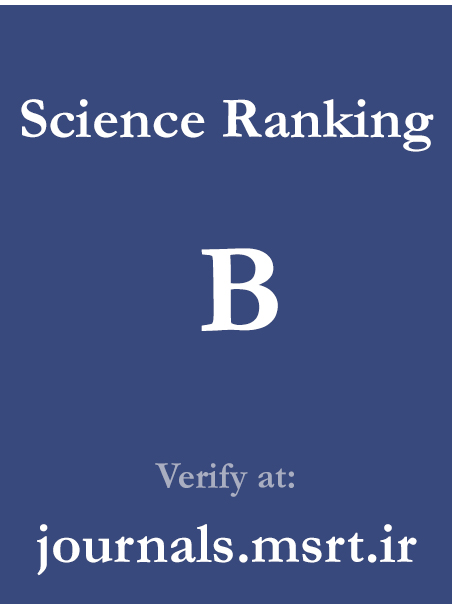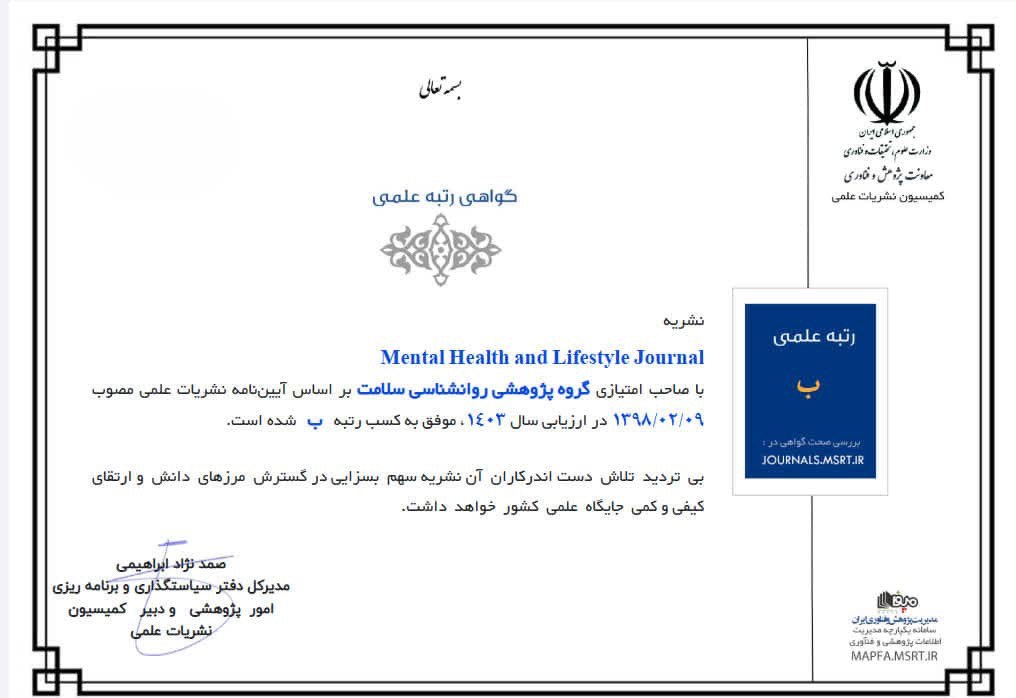Lived Experiences of Individuals with Alopecia Areata in Social Relationships: A Qualitative Study
Keywords:
Alopecia areata, social relationships, psychosocial dimensions, hair loss, qualitative researchAbstract
This study was conducted to explore and clarify the lived experiences of individuals with alopecia areata in the context of their social relationships. This research adopted a phenomenological approach. Participants were selected through purposive sampling from individuals diagnosed with alopecia areata who were either referred to a specialized dermatology hospital or were members of the Iranian Alopecia Areata Association. The number of participants was determined based on the principle of data saturation. In-depth, semi-structured interviews were conducted with 14 participants to gather rich and detailed data. Data were analyzed using the content analysis method proposed by Strauss and Corbin (Strauss & Corbin, 1998), which allows for the systematic identification of patterns and themes within qualitative data. The analysis of data concerning the experiences of individuals with alopecia areata in their social relationships led to the emergence of five core themes, each containing multiple subthemes. These included the psychological and social pressures experienced by individuals, the various forms of social support they received, the role of social comparison in shaping their perceptions, the coping skills they employed to manage psychosocial stressors, and the outcomes of their effective social interactions. These themes reflect the complex interplay of internal and external factors that influence how individuals navigate their social worlds while living with alopecia areata. The findings of this study indicate that individuals with alopecia areata encounter a range of psychosocial difficulties as they attempt to maintain their social engagement. Nevertheless, these individuals demonstrate resilience through the utilization of social support, the application of effective interpersonal skills, and a reliance on their personal strengths in communicating and connecting with others. As a result, negative experiences may be restructured into positive ones, fostering growth, increased success, and ultimately leading to experiential well-being and an improved social position. Enhancing awareness among patients and society at large regarding the importance of supporting individuals with alopecia areata is a critical necessity.
Downloads
References
1. Baer H. Medical Anthrophology and the World System: a Critical Perspective. London: Bergin & Garvey; 1997.
2. Matin P. Anthropology in medicine. Tehran: Safir Ardahal; 2010.
3. Carel H. Illness: the cry of the flesh. London: Acumen publishing; 2008.
4. Courtney A, Su JCW. Wigs and Alopecia Areata: Psychosocial Impact and Economic Considerations. Cosmetics. 2024;11(2):55. doi: 10.3390/cosmetics11020055.
5. Habif T. Diagnosis and treatment skin disease Thomas P. Habif 2005. Tehran: Asar Sobhan; 2008.
6. Yu N, Guo Y. Association between alopecia areata, anxiety, and depression: Insights from a bidirectional two-sample Mendelian randomization study. Journal of Affective Disorders. 2024;350:328-31. doi: 10.1016/j.jad.2024.01.152.
7. Hunt N, McHale S. The psychological impact of alopecia. The Psychologist. 2007;20(6):362-4.
8. Tucker P. The Psychosocial Impact of Alopecia Areata. J Health Psychol. 2009;14(1):142-51. doi: 10.1177/1359105308097954.
9. Perera E, Yip L, Sinclair R. Alopecia Areata2014. 118 p.
10. Hunt N. Experiences and coping behaviours of adolescents in Pakistan with alopecia areata: An interpretative phenomenological analysis. Int J Qual Stud Health Well-being. 2015;10:10. doi: 10.3402/qhw.v10.26039.
11. Endo Y, Miyachi Y, Arakawa A. Development of a disease-specific instrument to measure quality of life in patients with alopecia areata. European Journal of Dermatology. 2012;22. doi: 10.1684/ejd.2012.1752.
12. Buontempo MG, Shapiro J, Sicco KL. Psychological Outcomes Among Patients With Alopecia Areata. JAMA dermatology. 2023;159(9):1013-. doi: 10.1001/jamadermatol.2023.1784.
13. Ghaderi R, Saadatjoo SA, Khoshzaher S. Comparison Quality of life for patients with alopecia areata and healthy individuals. Journal of Birjand University of Medical Sciences. 2011;17(3):200-9.
14. Okhovat JP, Marks DH, Manatis-Lornell A, Hagigeorges D, Locascio JJ, Senna MM. Association between alopecia areata, anxiety, and depression: a systematic review and meta-analysis. Journal of the American Academy of Dermatology. 2023;88(5):1040-50. doi: 10.1016/j.jaad.2019.05.086.
15. Cuthrell KM, Jiménez LA. Alopecia Areata's Psychological Impact on Quality of Life, Mental Health, and Work Productivity: A Scoping Review. International Neuropsychiatric Disease Journal. 2024;21(1):48-58. doi: 10.9734/indj/2024/v21i1420.
16. Mahadewi A, Latiefa EA, Agustin M, Febriana SA. Alopecia areata, anxiety and depression: Are they related? A systematic review. Journal of Pakistan Association of Dermatologists. 2023;33(4):1346-52.
17. Maloh J, Engel T, Natarelli N, Nong Y, Zufall A, Sivamani RK. Systematic review of psychological interventions for quality of life, mental health, and hair growth in alopecia areata and scarring alopecia. Journal of clinical medicine. 2023;12(3):964. doi: 10.3390/jcm12030964.
18. Mesinkovska N, Craiglow B, Ball SG, Morrow P, Smith SG, Pierce E, et al. The invisible impact of a visible disease: psychosocial impact of alopecia areata. Dermatology and therapy. 2023;13(7):1503-15. doi: 10.1007/s13555-023-00941-z.
19. Picardi A, Pasquini P, Cattaruzza MS. Psychosomatic factors in first-onset alopecia areata. Psychosomatics. 2003;44:374-81. doi: 10.1176/appi.psy.44.5.374.
20. George P, Jagun O, Liu Q, Wentworth C, Napatalung L, Wolk R, et al. Prevalence of autoimmune and inflammatory diseases and mental health conditions among an alopecia areata cohort from a US administrative claims database. The Journal of Dermatology. 2023;50(9):1121-8. doi: 10.1111/1346-8138.16839.
21. Rudnicka L, Trzeciak M, Alpsoy E, Arenberger P, Alper S, Benáková N, et al. Disease burden, clinical management and unmet treatment need of patients with moderate to severe alopecia areata; consensus statements, insights, and practices from CERTAAE (Central/Eastern EU, Russia, Türkiye AA experts) Delphi panel. Frontiers in Medicine. 2024;11:1353354. doi: 10.3389/fmed.2024.1353354.
22. Sellami R, Masmoudi J, Ouali U, Mnif L, Amouri M, Turki H, et al. The relationship between alopecia areata and alexithymia, anxiety and depression: A case-control study. Indian J Dermatol. 2014;59:421. doi: 10.4103/0019-5154.135525.
23. MacDonald Hull S, Wood M, Hutchinson P, Sladden M, Messenger A. Guidelines for the management of alopecia areata. The British Journal of Dermatology. 2003;149(4):692-9. doi: 10.1046/j.1365-2133.2003.05535.x.
24. Bhargava K. Alopecia areata and its impact on young people. Dermatological Nursing. 2015;14(1):24-31.
25. Luok B. Social Psychology. Tehran: Savalan; 2010.
26. Prickitt J, McMichael AJ, Gallagher L, Kalabokes V, Boeck C. Helping Patients Cope with Chronic Alopecia Areata. Dermatology Nursing. 2004;16(3):237-41.
27. McKillop J. Management of autoimmune associated alopecia areata. Journal of Art and Science Dermatology. 2010;24(36):42-6. doi: 10.7748/ns.24.36.42.s49.
28. Fox J. Case study of alopecia universalis and web-based news groups. British Journal of Nursing. 2003;12(9):550-8. doi: 10.12968/bjon.2003.12.9.550.
29. Firooz A, Firoozabadi MR, Ghazisaidi B, Dowlati Y. Concepts of patients with alopecia areata about their disease. BioMed Central Dermatology. 2005;5(1). doi: 10.1186/1471-5945-5-1.
Published
Submitted
Revised
Accepted
Issue
Section
License

This work is licensed under a Creative Commons Attribution-NonCommercial 4.0 International License.








